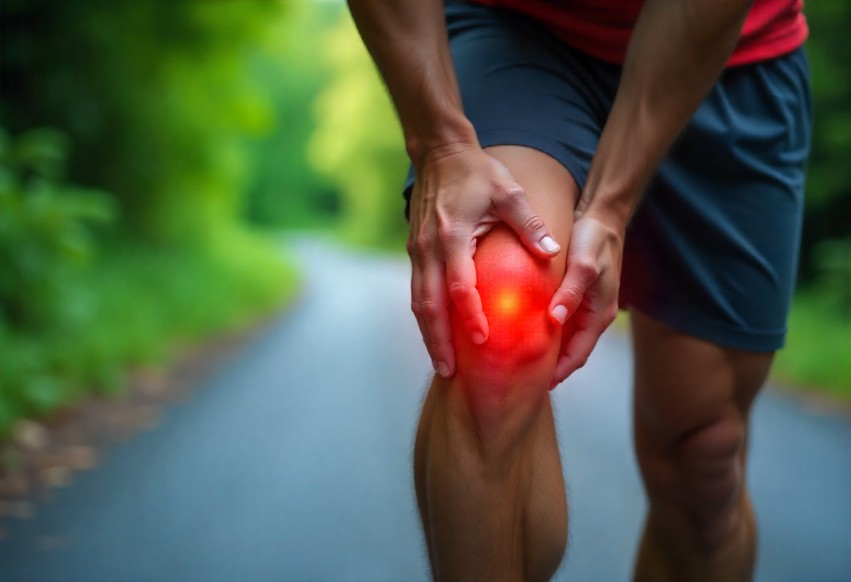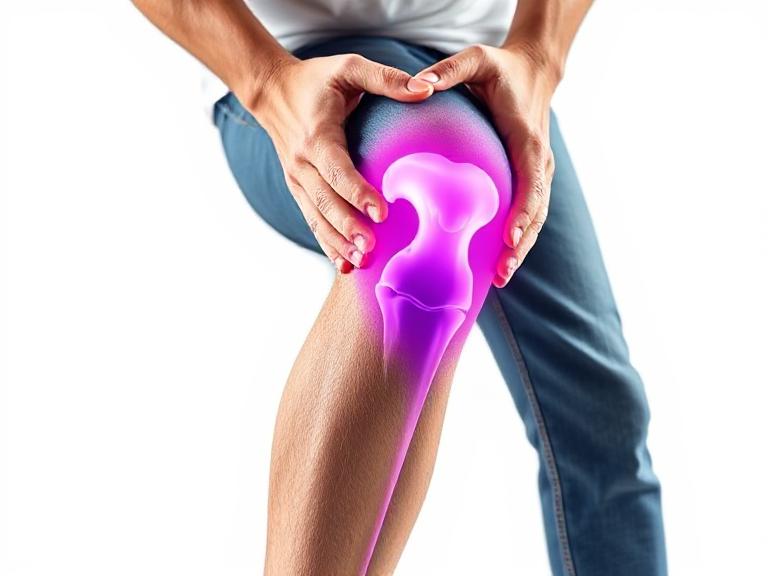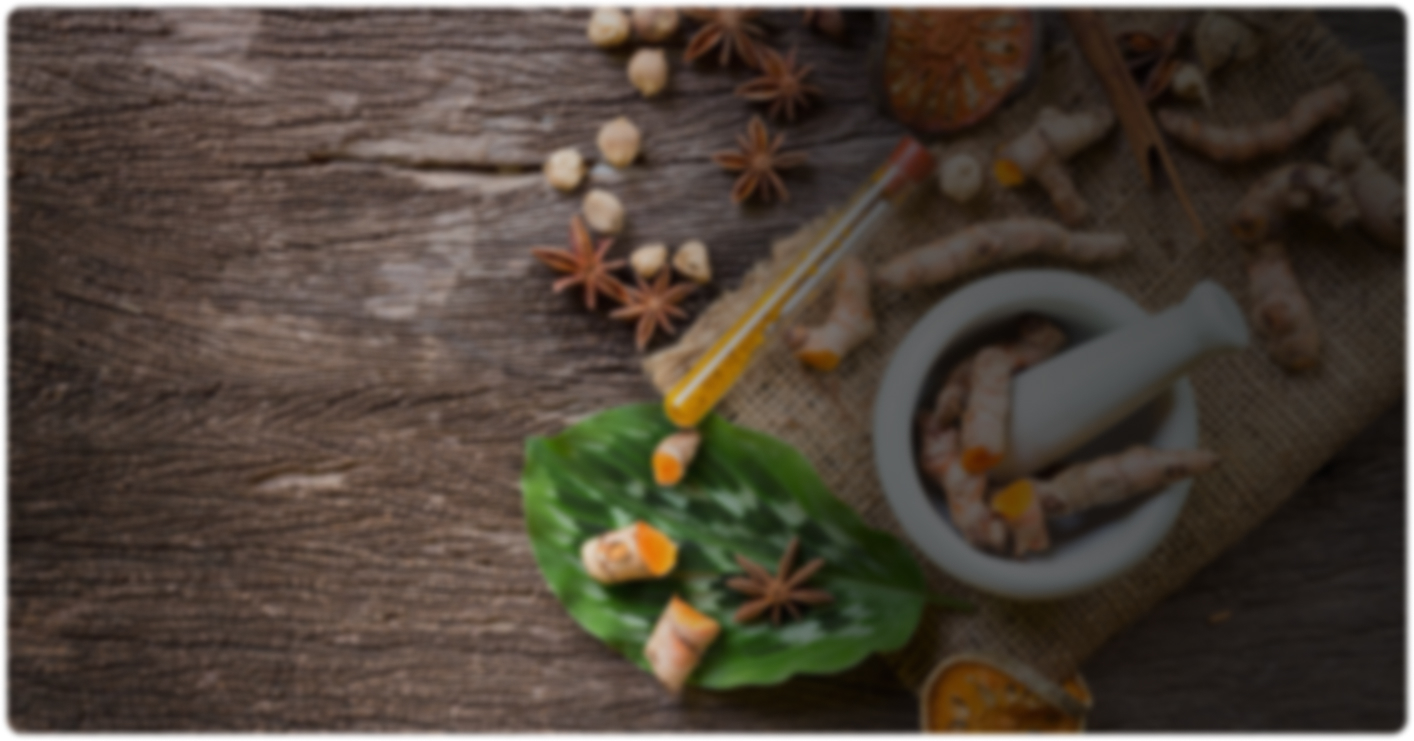
What is a Knee Ligament Tear?
In your knee, tough bands hold everything steady when you walk or bend. These are called ligaments. If one gets overstretched or ripped because of a sudden twist or a hit, people call it a knee ligament tear. When that happens, the knee doesn’t feel stable anymore. Sometimes you can still walk, but it hurts and swells up. In a bigger tear, putting weight on the leg feels unsafe because the joint isn’t held together properly.
If you leave it untreated, the knee can keep giving way or get damaged further. That’s why people look for proper care early on. Some choose surgery, some rely on rest, and many now consider Ayurveda because it works on pain relief and healing without heavy medicines. The healing power of Ayurveda with specialised treatment for knee ligament injuries is highly beneficial to get recovery from this condition. At Ayur Bethaniya, we provide you with the best Ayurveda treatment for knee ligament injuries, tailored to your specific needs and promoting long-term well-being.

Heal Knee Ligament Tear Naturally With Ayurveda
Ayurveda looks at a ligament tear as more than just an injury that hurts. It treats the swelling, the weakness in the joint, and the slow healing that follows. The approach is to calm the knee first and then help the torn tissue recover.
The treatment is not one single oil or one single medicine. It can include warm herbal applications, gentle therapies like medicated massages or steaming, and medicines that work from inside to make the ligaments stronger. Each step is chosen based on how bad the tear is and what your body can handle.
The idea is steady recovery. Pain reduces over time, movement slowly returns, and the knee is supported, so you are less likely to hurt it again. It is not an instant fix, but many choose it because it works with the body instead of against it.
When you come here with a knee ligament tear, we don’t begin by naming treatments. We first spend time understanding you. How the injury happened, how long it has been troubling you, and what other health issues you are dealing with. These things change the way we treat. Find relief from knee ligament pain with our Ayurvedic treatment in Kerala.
In the first few days, our focus is to calm the knee. We use warm herbal oils to bring down the swelling. If the joint feels stiff or heavy, we use mild steam to loosen it. These steps make the pain settle so that the knee can rest without strain. After that stage, we start working on the inside. We apply herbal poultices that support tissue repair. Gentle massages with specific oils improve blood flow, so the knee gets better support from your own body. Internal medicines are given only after we check if your digestion and strength can handle them.
We keep looking at how you are doing. If you feel discomfort or if something is not working, we change the treatment instead of pushing through the same routine.
Many people who reach us have already tried other methods or have been told that surgery is their only option. With steady care and a plan made just for them, they begin to move with less pain and more confidence. That is why people across Kerala come to Ayur Bethaniya for Ayurvedic treatment for knee ligament tear—they know the treatment here is personal and adjusted as they recover. Our expert practitioners in Kerala offer personalized Ayurvedic treatment for knee ligament issues, utilizing natural therapies and holistic approaches to promote recovery and strengthen joints.
Feel free to contact us for your queries regarding Ayurveda treatments for Knee Ligament Tear.

